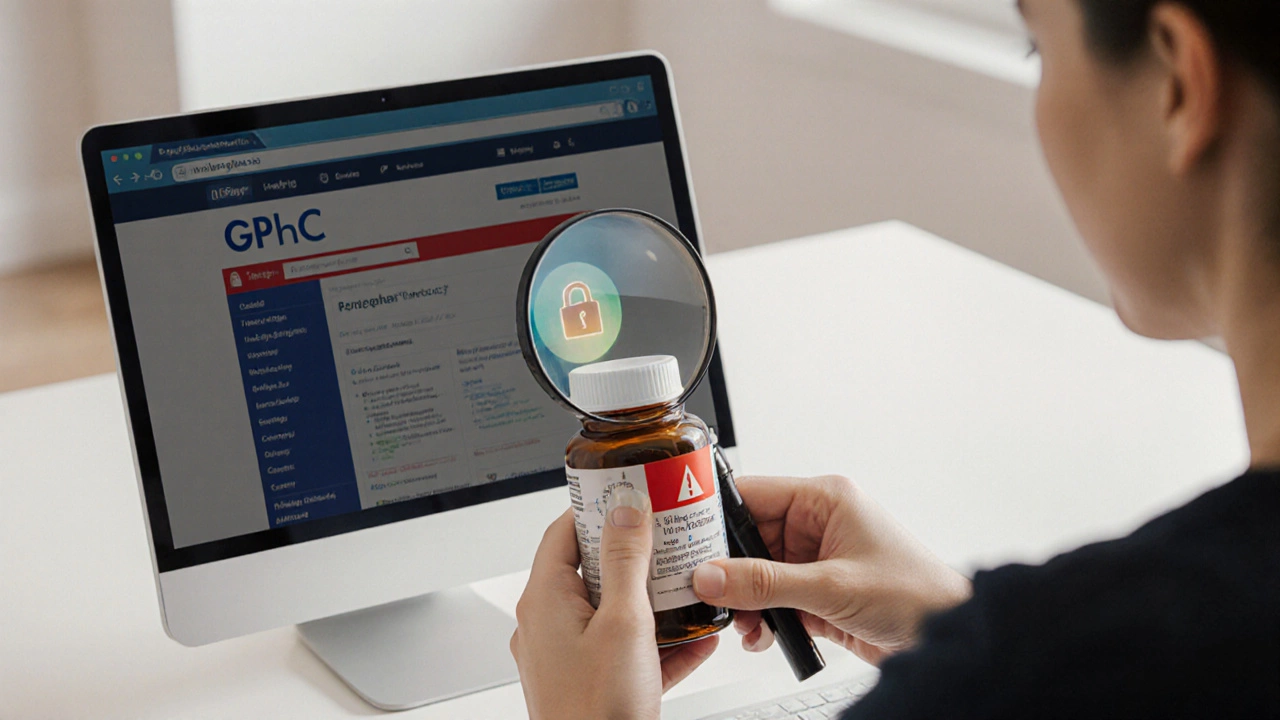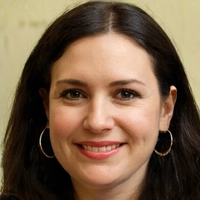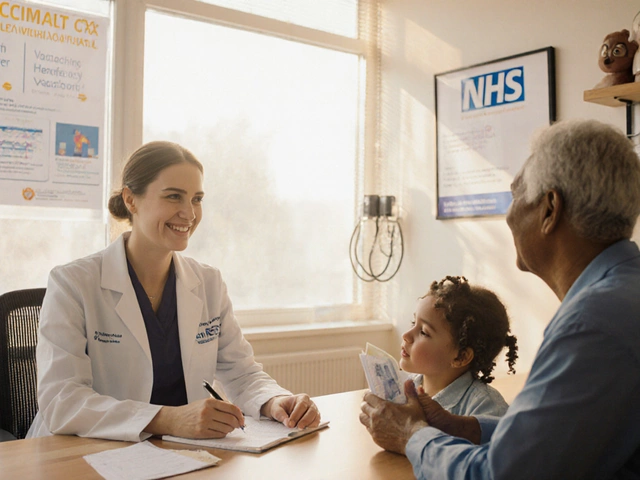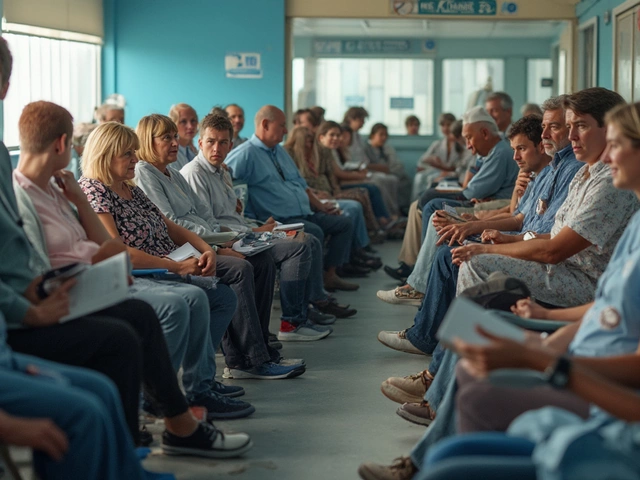Online Pharmacy Verification Tool
Verify an Online Pharmacy
Enter the pharmacy website URL to check if it's legitimate according to health authority standards.
Verification Results
Buying prescription drugs online sounds convenient-until you end up with fake pills, empty bottles, or a stolen credit card. Every year, thousands of people fall for fake online pharmacies that look real but sell dangerous, unregulated medication. The good news? Legitimate online pharmacies exist. They’re licensed, require valid prescriptions, and follow strict safety rules. But how do you tell them apart from the fakes? Here’s how to find safe, legal online pharmacies that work with your online doctor consultation.
What Makes an Online Pharmacy Legitimate?
A legitimate online pharmacy doesn’t just look professional-it follows the law. In the U.S., it must be licensed by the state board of pharmacy where it operates. In the UK, it’s regulated by the General Pharmaceutical Council (GPhC). In Canada, it’s overseen by Health Canada. These aren’t suggestions-they’re legal requirements.
Legitimate pharmacies also require a valid prescription from a licensed doctor. That means if a website lets you buy antibiotics, opioids, or insulin without a prescription, it’s not just illegal-it’s dangerous. Many fake pharmacies push pills like Viagra or Xanax without any medical review. That’s how people end up in the ER with overdoses or allergic reactions.
Real pharmacies also display their physical address and phone number clearly on their website. You can call them. You can visit them. You can file a complaint if something goes wrong. If the site only has a contact form or a PO box, walk away.
How to Verify an Online Pharmacy
Don’t trust the logo or the fancy design. Scammers copy real websites down to the fonts and colors. Here’s what actually matters:
- Check for VIPPS certification. In the U.S., the Verified Internet Pharmacy Practice Sites (VIPPS) program is run by the National Association of Boards of Pharmacy (NABP). Look for the VIPPS seal on the website. Click it. It should link directly to the NABP verification page. If it doesn’t, it’s fake.
- Look up the pharmacy in your country’s official registry. In the U.S., use the NABP’s Find a Verified Pharmacy tool. In the UK, check the GPhC register. In Canada, use Health Canada’s Licensed Drug Establishment List. Type in the pharmacy’s name or address. If it doesn’t show up, it’s not licensed.
- See if they have a licensed pharmacist on staff. Legitimate pharmacies offer live chat or phone access to a pharmacist. You should be able to ask questions about side effects, interactions, or dosage. If there’s no way to speak with a pharmacist, it’s a red flag.
- Watch for prices that seem too good to be true. A 30-day supply of Lipitor might cost $120 at your local pharmacy. If a website offers it for $15, it’s not a discount-it’s a scam. Legitimate online pharmacies may offer lower prices due to bulk buying or international sourcing, but they won’t undercut by 80%.
- Check for secure payment and privacy. The website URL should start with https://, not http://. Look for a padlock icon in the address bar. Legitimate pharmacies encrypt your data and won’t ask for payment via wire transfer, cryptocurrency, or gift cards.
What Happens If You Buy From a Fake Pharmacy?
Most fake online pharmacies sell counterfeit drugs. These aren’t just ineffective-they’re toxic. The FDA has found pills containing rat poison, floor cleaner, and even cement in fake Viagra and Adderall. Others contain the right drug but at wildly wrong doses-too little to work, or so much it causes organ failure.
Some fake pharmacies don’t even ship medication. They take your money and vanish. Others steal your personal data-your name, address, insurance info, and medical history-and sell it on the dark web.
And here’s the worst part: if you get sick from a fake drug, you can’t report it properly. Real pharmacies report adverse reactions to health agencies. Fake ones don’t exist in any official system. That means no one tracks the outbreak, no one gets held accountable, and others keep getting hurt.
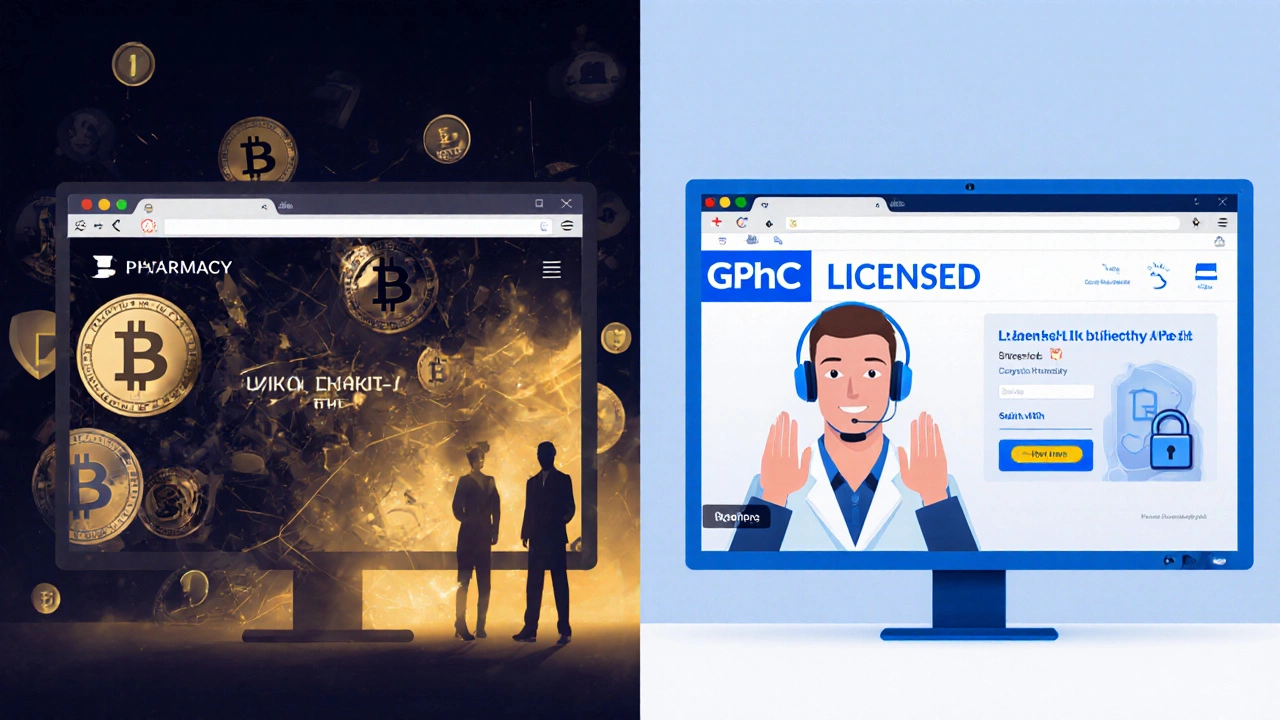
How Legitimate Pharmacies Work With Online Doctor Consultations
Legitimate online pharmacies don’t operate in a vacuum. They’re connected to licensed telehealth providers. Here’s how it works:
- You have a video or chat consultation with a licensed doctor through a verified telehealth platform.
- The doctor reviews your medical history, symptoms, and current medications.
- If they determine a prescription is safe and necessary, they send it electronically to a partnered, licensed pharmacy.
- The pharmacy fills the order, checks for drug interactions, and ships it with proper labeling and instructions.
This system protects you. The doctor and pharmacy are both accountable. If something goes wrong, there’s a paper trail. You can call either one. You can file a complaint. You’re not alone.
Some reputable telehealth services that partner with licensed pharmacies include Teladoc, Amwell, and K Health. These platforms don’t just connect you to a doctor-they ensure the prescription goes to a verified pharmacy. That’s the gold standard.
Red Flags That Mean Walk Away
Here’s a quick checklist of warning signs:
- No prescription required
- “Dr.” or “Ph.D.” in the name without a real medical license
- Only accepts Bitcoin or Western Union
- Website has poor grammar or broken links
- Claims to ship from “overseas warehouses” to avoid regulation
- Offers “miracle cures” for cancer, diabetes, or Alzheimer’s
- No physical address or phone number listed
- Uses stock photos of smiling people in white coats
If you see even one of these, close the tab. Don’t even type in your email.
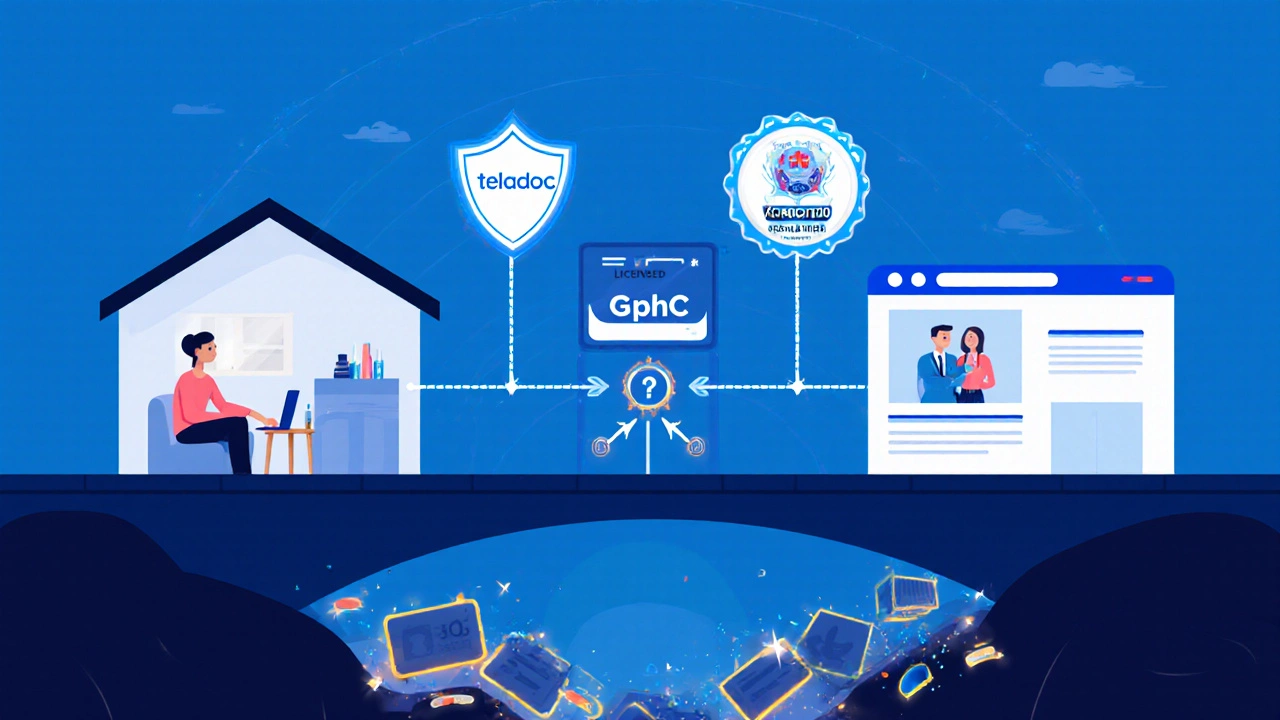
What to Do If You’ve Already Bought From a Fake Pharmacy
If you’ve already ordered from a suspicious site:
- Stop taking the pills. Even if they seem to work, they could be poisoning you.
- Call your doctor. Tell them what you took, when, and where you bought it. They may need to run blood tests or monitor for side effects.
- Report it. In the U.S., file a report with the FDA’s MedWatch program. In the UK, use the Yellow Card Scheme. In Canada, contact Health Canada’s Adverse Reaction Reporting system.
- Check your bank statements. Look for recurring charges or unauthorized transactions. Contact your bank to dispute them.
- Change your passwords. If you used the same password on other sites, change it now.
Don’t wait. Fake pharmacies move fast. The longer you wait, the harder it is to trace or recover anything.
Where to Find Safe Online Pharmacies
You don’t have to guess. Use these trusted sources to find verified pharmacies:
- NABP’s VIPPS Program - U.S.-only, but the most reliable list for American customers.
- GPhC Register - For UK residents, this is the official list of licensed UK pharmacies.
- Health Canada’s Licensed Drug Establishments - For Canadians, this database includes all legal pharmacies.
- PharmacyChecker.com - An independent site that verifies international pharmacies. It’s not government-run, but it’s widely respected and cross-checks licenses with official regulators.
Always start with your country’s official regulator. Then use PharmacyChecker as a secondary check if you’re considering an international pharmacy.
Final Tip: Never Skip the Doctor
Online pharmacies are useful-but only when they’re part of a complete healthcare system. Don’t use them to replace your doctor. Use them to get your prescription filled safely after you’ve had a proper consultation.
Legitimate online pharmacies exist. They’re not hard to find. But they won’t come to you through a pop-up ad or a YouTube influencer’s discount link. You have to look for them. And when you do, you’re not just saving money-you’re protecting your health.
Can I buy prescription drugs online without a doctor’s note?
No. Any website that lets you buy prescription drugs like antibiotics, blood pressure meds, or opioids without a prescription is illegal and unsafe. Legitimate pharmacies require a valid prescription from a licensed doctor, whether you saw them in person or through an online consultation. Skipping this step puts your health at serious risk.
Are international online pharmacies safe?
Some are, but most aren’t. Pharmacies in countries like Canada, the UK, Australia, and New Zealand are tightly regulated and often safe if verified. But pharmacies based in countries with weak oversight-like India, Russia, or parts of Southeast Asia-frequently sell counterfeit drugs. Always check if the pharmacy is licensed in your own country or verified by PharmacyChecker.com. Never assume an international site is safe just because it looks professional.
How do I know if the medication I received is real?
Check the packaging: it should have the correct drug name, dosage, manufacturer, expiration date, and lot number. Compare it to the description on the pharmacy’s website. If the pills look different from what you’ve taken before-different color, shape, or markings-stop taking them. Contact your pharmacist or doctor immediately. You can also report suspicious medication to your country’s health authority.
Can I use my insurance with online pharmacies?
Some licensed online pharmacies accept insurance, especially those partnered with major telehealth providers like Teladoc or Amwell. But many international pharmacies don’t. If a site claims to accept your insurance but asks you to pay upfront and then submit a claim, be cautious. Legitimate pharmacies process insurance directly. Always call your insurer to confirm which pharmacies they cover.
What’s the difference between a mail-order pharmacy and a fake online pharmacy?
Mail-order pharmacies are part of your regular healthcare system. They’re often run by your health plan, hospital, or a licensed retail pharmacy. They require prescriptions, are regulated, and have real addresses and phone numbers. Fake online pharmacies are standalone websites with no ties to real healthcare providers. They don’t verify prescriptions, don’t answer calls, and often disappear after you pay.
